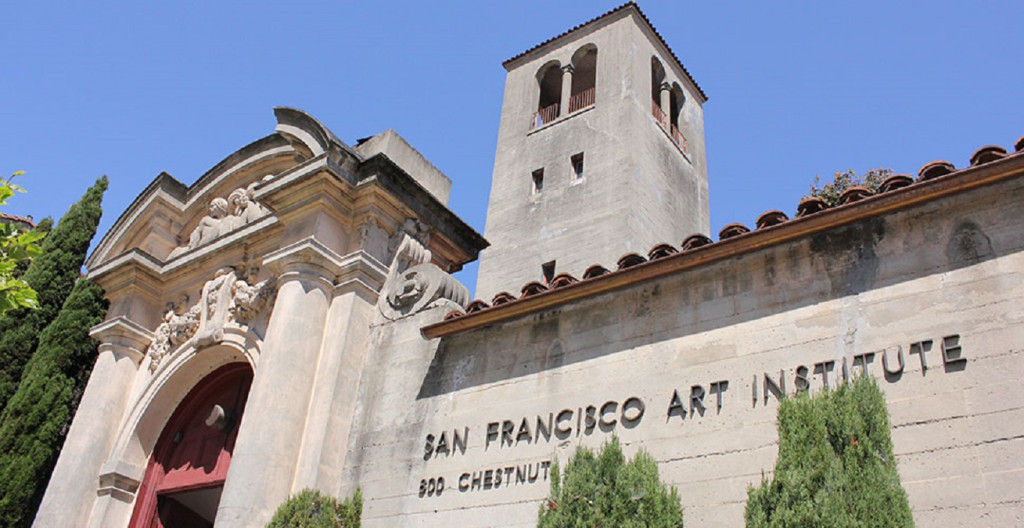[ad_1]
After nearly 150 years in business, the San Francisco Art Institute—one of America’s most renowned and prestigious art schools—could stop admitting students after its current semester unless financial support from a new partner is secured. In a letter sent to students and faculty on Monday evening, the school’s president, Gordon Knox, and the president of its board, Pam Rorke Levy, said the Institute is facing the prospect of shuttering indefinitely after potential merger talks stalled in the wake of the current coronavirus pandemic.
Describing an “impasse” in merger negotiations with “two of the Bay Area’s finest institutions of higher learning” and “unanticipated hardships” associated with the closedown over Covid-19, Knox and Rorke Levy wrote that potential partners turned their “undivided attention to the immediate and still unknown future impact on their campus communities. This development raised concerns about our ability to reach a deal during the initial timeline that was contemplated.”
Current students at the school will be able to receive credits for classes during the Spring 2020 semester, and those who are set to graduate will still be able to do so in May, the letter said. The school is expecting to provide notice of layoffs to faculty and staff within the coming days.
Knox and Rorke Levy’s letter did not suggest that SFAI would permanently close, though the missive suggests a bleak future for the school. Already, the school’s drastic adjustments to its operations will be a blow not only to the Bay Area arts scene but to the American art scene at large. SFAI has long been one of the most important American schools for art education, and it currently enrolls around 300 students a year.
Founded in 1849, SFAI has been massively influential in the development of the Bay Area as a major art center, having helped spurred on several of important American art movements over the past century, among them the Bay Area Figurative Movement, whose artists rejected Abstract Expressionist tendencies in the postwar years, and the Mission School, whose artists mixed together the tendencies of graffiti, self-taught art, and other styles that have long been outside the eye of the mainstream.
Particularly during the middle of the 20th century, at a time when art schools around the world were looking to the West Coast to understand how to shape their curricula, SFAI emerged as a space for dramatic innovation and open-mindedness. In 1945, Ansel Adams started one of the country’s first photography departments under SFAI’s umbrella, and during the 1960s, the school made the official decision to stop drawing a division between fine art and design-related fields.
“Today we as an institution are facing a new set of challenges that will force us to evolve, and in the months and years ahead our goal will be to reinvent ourselves once again, perhaps taking a new form for a new era, but unwavering in the commitment to art and artists we have sustained over the past 149 years,” Knox and Rorke Levy wrote in their letter. “While we remain hopeful there is a strategic partnership that will allow this commitment to continue, we are realistic that this will not happen any time soon in the face of an unprecedented global pandemic.”
[ad_2]
Source link

